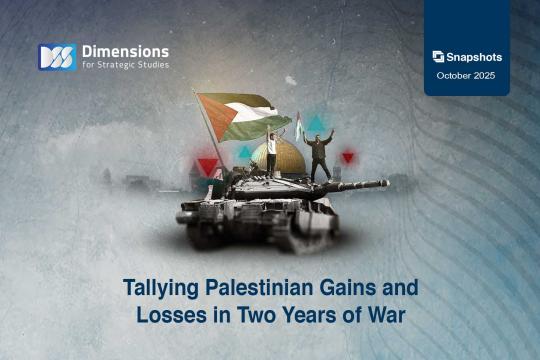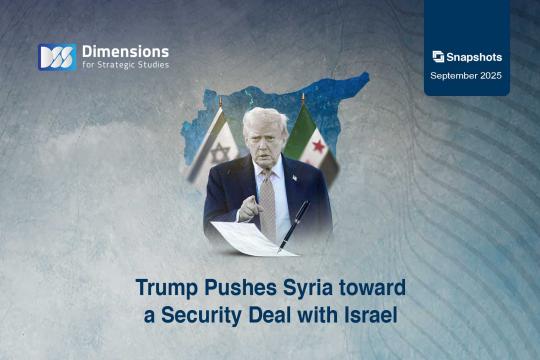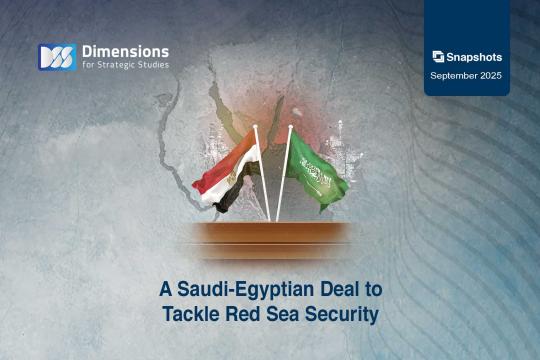
IS Presents Challenges and Opportunities for Taliban
2024-04-291695 view
On March 22, militants from the Islamic State group’s Khorasan branch attacked the Crocus City shopping center in Moscow, killing at least 143 people and wounding more than 150. It was the deadliest attack in Russia since the Moscow theatre attack in 2003. Just weeks earlier on January 3, the same group had attacked mourners in Iran as they visited the grave of Qassem Soleimani, the former commander of the Iranian Revolutionary Guard, to mark the fourth anniversary of his death. The double blast killed 103 civilians and wounded more than 280 people.
The two attacks have focused attention on the dynamic between Iran and Russia’s relations, respectively, with Afghanistan’s de facto rulers the Taliban. While the organization has remained an international pariah since it retook control of Kabul in 2021, both Moscow and Tehran appear to see an interest in cooperating with it as they—and the Taliban—face the common threat posed by IS.
Russia and the Taliban
IS Khorasan emerged in April 2022 in Uzbekistan, where it targeted a border military barracks near the city of Termez with several Katyusha missiles. The organization carried out a similar attack in May 2022 on the Tajik border, and in 2023 it carried out several attacks inside Iran, targeting Shiite shrines.
The organization has also repeatedly attacked international targets in Afghanistan, including the Russian embassy in September 2022 and a hotel owned and frequented by Chinese business executives two months later.
The Crocus City attack, sparked much speculation about Russia’s relationship with the Taliban. Kremlin spokesman Dmitry Peskov said in early April that Russia was in continuous communication with the Taliban “in one way or another”, as it was the de facto authority in Afghanistan. He added that Russia “needs to resolve urgent issues, and this also requires a dialogue” with the Taliban. It is clear that IS-Khorasan tops this list of issues.
Moscow moved quickly. On April 23, it announced its intention to remove the Taliban from Russia’s list of terrorist organizations in Russia. Taliban spokesman Zabihullah Mujahid said the step “will open the way to building strong relations and mutual trust between the two parties.”
That said, the step was a continuation of an ongoing improvement in ties between Russia and the Taliban. The Russian ambassador to Afghanistan had met Taliban leaders just 48 hours after they took control of Kabul in 2021, offering them “the necessary support to establish the foundations of government and stability in the country.”
The Taliban and Iran
Just as China has recognized the Taliban, accepted an envoy from the group on its territory and moved to strengthen economic relations between them, Russia has made clear its support for the group and sent repeated messages that it is serious about improving their relationship. Iran’s approach is based on the similar factors to those driving Russia and China: a fear that IS will expand its activities on its territory, and a desire to monitor the presence of other regional powers in Afghanistan. Moreover, it wants to build a strategic presence for itself in Afghanistan working on various aspects of trade and security, to enhance its influence and limit that of its rivals.
The relationship between the Taliban and the regime in Iran cannot be described as friendly. The two parties have ideological and practical disagreements that make an absolute consensus between them impossible. Despite this, they currently have a practical relationship: that of two regimes that share long borders and are dealing with complex dynamics and an unstable security landscape.
Much can be said about the details of the relationship between the two parties. There is a sectarian dimension dividing the Sunni Taliban from the Shiite “rule of the jurist” (wilayat al-faqih), which calls for the revolution to be exported to neighboring countries. The two are also engaged in ongoing disputes over cross-border water resources, especially over the waters of the Helmand River, which originates from the Hindu Kush mountains near Kabul and flows through Afghanistan all the way to Iran’s Sistan and Baluchestan province. Afghanistan wants to build a new dam on the river to generate electricity and irrigate agricultural lands, which Iran deeply opposes. This led to clashes between border guards from the two sides in May 2023.
Iran also hosts hundreds of thousands of Afghan refugees, mostly from the Shiite Hazara minority, along with many leaders of the Afghan opposition to the Taliban. That said, in January 2022, Iran itself hosted an official meeting between the Taliban’s foreign minister Amir Khan Muttaqi and Afghan opposition leaders residing abroad, such as Ahmed Masoud, son of military leader and politician Masoud Shah.
Unlike Western countries, Iran has not publicly criticized the Taliban on issues such as women’s rights, public executions and the application of Sharia law, confirming Iran’s concern for its security interests and economic relations with the Taliban first and foremost. Approximately 53% of Afghanistan’s total imports come from Iran, and the two sides are in ongoing talks over how to further enhance bilateral trade. They also cooperate on security: the Taliban, in various stages of its war against the US, has received Iranian weapons and expertise, as well as hundreds of Taliban members reportedly receiving advanced training by Special Forces trainers at Iranian military academies.
Iran’s Minister of Intelligence, Ismail Al-Khatib, confirmed in September last year that his country is working with the Taliban to tackle IS fighters based in mountainous areas that the Taliban government cannot reach, from which they are carrying out attacks against both governments.
IS and Relations with the Taliban
The escalation of IS activity in Central Asia thus presents both an opportunity and a challenge to the Taliban. While it gives the group a chance to strengthen its regional clout and relationships, it also presents difficulties. IS has launched deadly attacks against both Iran and Russia, meaning they too will seek to exploit their influence and capacities to confront the organization in the region, whether by improving their relationships with the Taliban or by confronting the organization alone.
While these IS attacks are likely to encourage Iran and Russia to develop their relations with the Taliban, Iran’s position is more complex than Russia’s. It has well-established economic relations with the Afghans, it is using the presence of Shiite refugees on its territory to recruit them into its militia networks in Syria and Iraq, and its persecution of Sunnis in Iran could fuel IS efforts to recruit fighters on Iranian territory. This may force Iran to expand its security cooperation with the Taliban, which also sees IS Khorasan as a bitter opponent that seeks to wear it down through attrition and to incite the Afghan public against it.
Given all this, Iran and the Taliban are likely to increase their intelligence cooperation against IS, but it is too early to estimate whether this will bring relations between Tehran and Kabul up to a strategic level or to a point where they can eliminate IS.
As for Russia, the Crocus City attack could have complicated ties between Moscow and Kabul, but Russia was quick to send messages of reassurance and trust to the Taliban. It is possible that Russia, the Taliban, Iran, and China start to cooperate to confront the growing IS presence in the region.
Another factor that unites all four is the motivation to push back against American influence in the region to further their own interests and projects. It is natural for the Taliban, weighed down by American restrictions and sanctions plus the suspension of many humanitarian aid projects, to seek to bolster its relations with its neighbors and cooperation on security, economic and military issues.
Finally, it is possible that the Taliban will ask Russia to take further measures to support it in international forums, perhaps seeking an invitation to join the Shanghai Security Organization.





